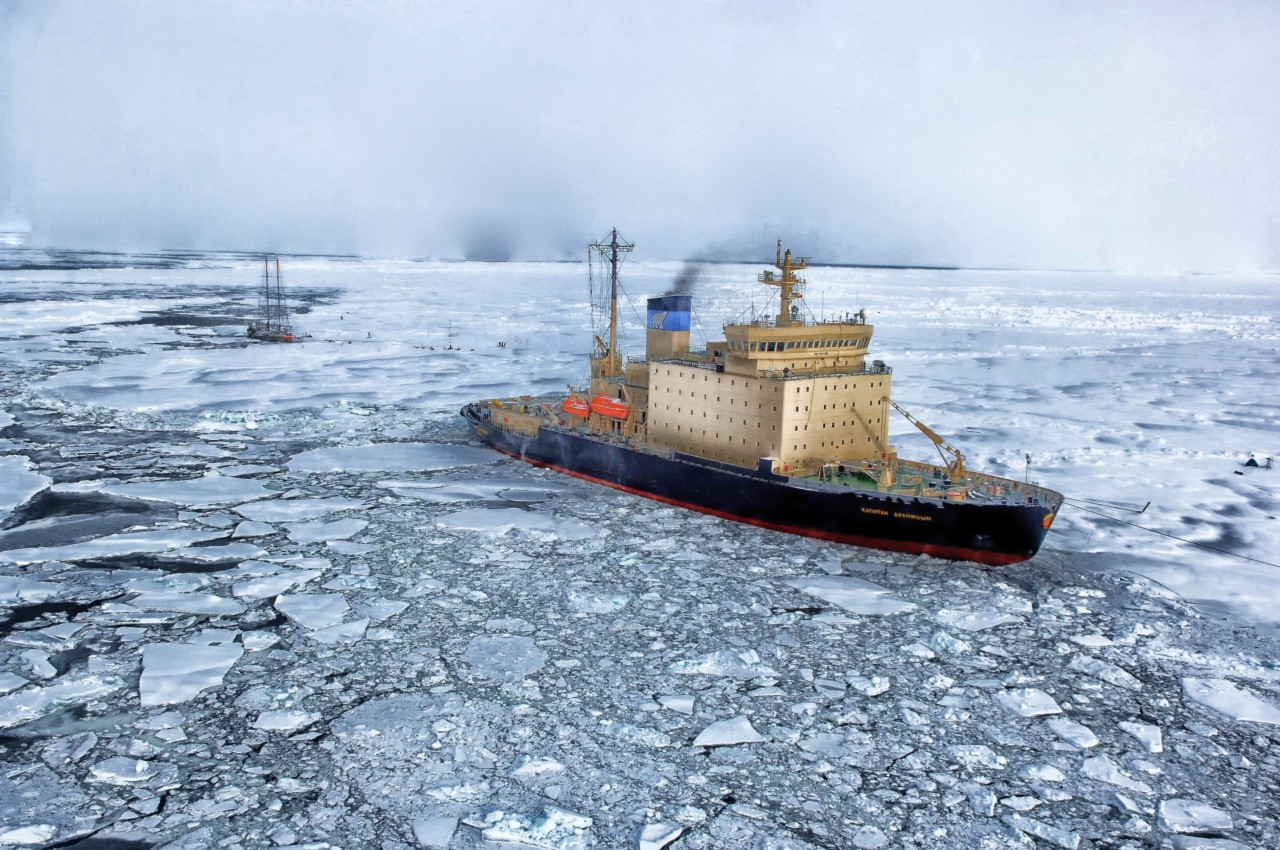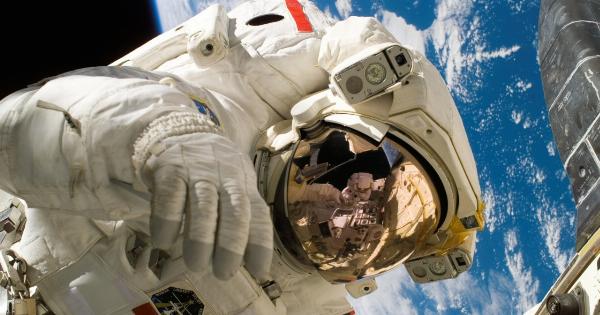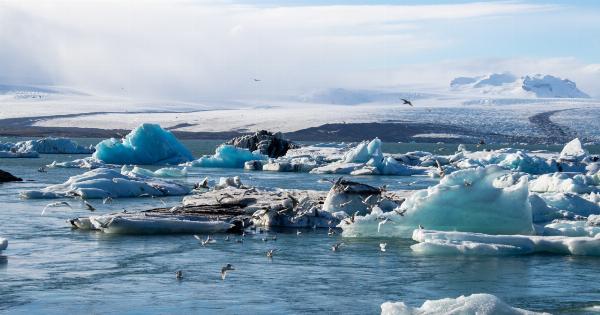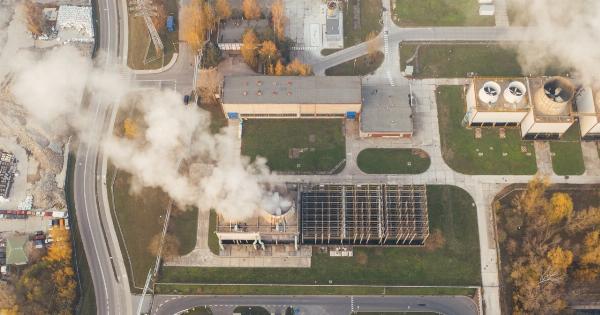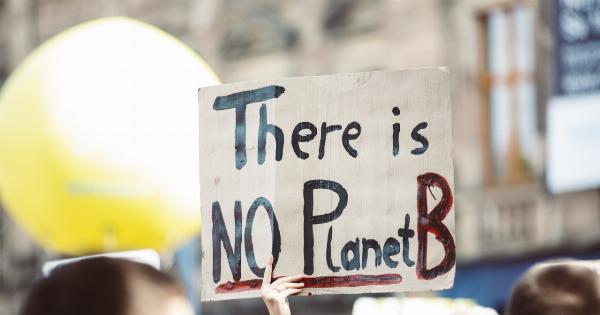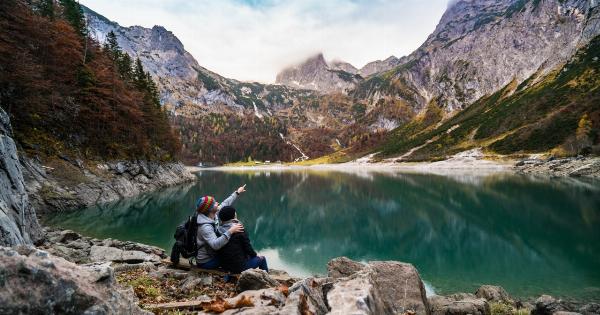When it comes to climate change, the issue of frigidity is often overlooked while the focus remains on rising temperatures. However, the impact of frigidity on our planet cannot be disregarded.
Frigid regions, such as the Arctic and Antarctica, are experiencing significant changes caused by global warming. This article will delve into the consequences of frigidity, the challenges it poses, and the need for collective action to address this pressing issue.
The Arctic: A Melting Ice Paradise
The Arctic, home to millions of square miles of ice, is currently undergoing dramatic changes. As temperatures rise, the ice in the region is melting at an alarming rate.
This not only affects the ecosystem but also has wider consequences for the entire planet.
One of the most visible impacts of melting Arctic ice is the rising sea levels. As frozen waters turn into liquid, they add to the overall volume of the oceans, leading to higher sea levels worldwide.
Coastal regions are particularly vulnerable, with increased risks of flooding and erosion.
Furthermore, the melting ice disrupts the delicate balance of marine life in the Arctic. Species such as polar bears, seals, and walruses rely on the ice for hunting, breeding, and resting.
With the diminishing ice cover, their habitats shrink, forcing them to adapt or face the risk of extinction. The loss of these iconic Arctic creatures would have far-reaching consequences for the entire ecosystem.
The Fragility of Antarctica
Antarctica, the world’s southernmost continent, also faces the threat of frigidity. While it may seem contradictory, even a frigid continent can be affected by climate change.
Antarctica’s immense ice sheets, covering nearly 98% of its surface, are under immense pressure.
As temperatures rise, ice shelves are becoming less stable, resulting in more frequent icebergs breaking off. These large chunks of ice not only contribute to rising sea levels but also disturb the delicate ocean currents.
The melting ice sends a cold wave of freshwater into the surrounding waters, disrupting the circulation patterns and affecting marine ecosystems globally.
Antarctica is also home to a variety of unique species, including penguins, seals, and seabirds, which rely on the icy environment to survive. The rapid melting of their habitat threatens their existence, putting these incredible creatures at risk.
The Global Consequences
While frigidity may initially seem localized to the polar regions, its impact extends far beyond these areas. The melting ice sheets contribute significantly to rising sea levels, posing a threat to coastal cities and low-lying countries worldwide.
Increased flooding, stronger storm surges, and saltwater intrusion into freshwater sources are just a few of the many challenges exacerbated by frigidity.
Additionally, the loss of ice cover has global implications for climate patterns. The reflective nature of ice helps regulate the Earth’s temperature by reflecting sunlight back into space, thus cooling the planet.
With less ice, more heat is absorbed, leading to further warming and the vicious cycle of climate change.
Moreover, the melting ice releases large amounts of stored carbon dioxide and methane, potent greenhouse gases, into the atmosphere. These releases act as amplifiers of global warming, exacerbating the already dire situation.
The Need for Action
The frigidity crisis calls for urgent action from governments, organizations, and individuals alike. Collaborative efforts are needed to mitigate the impact of frigidity and reduce overall carbon emissions.
One crucial step is the adoption of renewable energy sources to lessen our dependence on fossil fuels. By transitioning to clean energy, we can decrease greenhouse gas emissions and slow down the warming of frigid regions.
Preserving frigid environments is equally important. Establishing protected areas and implementing regulations to limit human activities in these regions can help preserve the delicate balance of their ecosystems.
Educating the public about the importance of frigidity is also vital for garnering support and raising awareness about this oft-overlooked issue.
By understanding the consequences, individuals can make informed choices that contribute to positive change.
The Time for Change is Now
The frigidity crisis demands immediate attention. The consequences of melting ice in the Arctic and Antarctica are not isolated to these regions alone; they reverberate throughout the world.
Rising sea levels, disrupted ecosystems, and altered climate patterns are just a few of the many challenges we face if we fail to address this issue.
However, by acknowledging the tenaciousness of frigidity and taking decisive action to combat climate change, we can work towards a more sustainable and stable future for our planet and all its inhabitants.
